This is the first of a two-part op-ed on transit planning in Toronto. The second part can be found by clicking here.
Maybe it’s a coping mechanism, a desperate search for positives from new transit proposals in hopes of staving off a despond that deepens with the sense that, all these years later, we’re still letting politicians micromanage and meddle in the planning process.
There are merits in the Ontario Line, the latest branding of a proposed subway through Toronto’s core. But after careful review of the initial business case (IBC) and discussions with transit professionals, we can only conclude there aren’t yet enough. The public is being urged to go all in on a high-stakes gamble for a long-overdue piece of infrastructure that stands head, shoulders and torso above the rest in terms of Toronto and GTA needs. Ramifications of even minor demand-forecast errors would be huge and lasting.
It’s good that:
- We’re seeking cheaper ways to build: Default use of deep-bore tunnels — especially when wasted on low-density areas — may be the main reason we’ve spent far too much for far too little new subway in recent decades.
- Ontario Line proponents are pursuing fully automated operation (FAO): Not only can FAO cut labour costs, but standardized acceleration and braking with set speeds on curves and grades can reduce wear on vehicles and tracks, speed service and allow trains to use full platform lengths. But FAO can work with bigger trains and the claim that competitive tendering is possible only with standard-gauge vehicles is bogus.
- Proponents want cross-platform access, simpler physical links between GO and the TTC at key stops (though real benefits won’t materialize until all GO trips that start and end in Toronto are transferable at TTC fares).
- Current momentum may have us closer than we’ve been in 50 years to funding the line best able to add network capacity. It was obvious in 1968 (when Line 2 first reached into Scarborough and Etobicoke) that core parts of the subway were already capacity constrained in rush hours. Yet, in intervening decades, we made lines longer, aggravating core crowding and squeezing many would-be riders off transit altogether.
Alas, the IBC is fundamentally flawed, most notably in that it spends most of its 86 pages on a skewed comparison, repeatedly hammering a no-brainer case that benefits of Queen’s Park’s 15.5-km, 15-station idea might be twice as great as those of the city’s 7.5-km, eight-stop Phase 1 plan. They’d better be.
Even the per-kilometre comparisons are unfair, with only the costliest parts of the city’s long-term Relief Line plan considered. Such heavy-handed bias undermines the report’s credibility.
A proper IBC would provide much more than the Ontario Line proposal versus two thin alternatives — a segment of the city’s long-term Relief Line plan and a business-as-usual option (no new subway at all through the core).
The lack of alternatives is dismissed with an odd 59-word paragraph, claiming “a variety of variations for the Ontario Line alignment were developed.” No hints are offered about what the variations may have been and why they were dismissed. Report authors appear to be saying, “Trust us,” a message that should trigger alarms after decades of politically driven errors.
Stephen Wickens is a Toronto-based journalist and transportation researcher. Edward J. Levy, P.Eng, is a consultant, retired transportation planner and the author of Rapid Transit in Toronto (A Century of Plans, Projects, Politics and Paralysis).


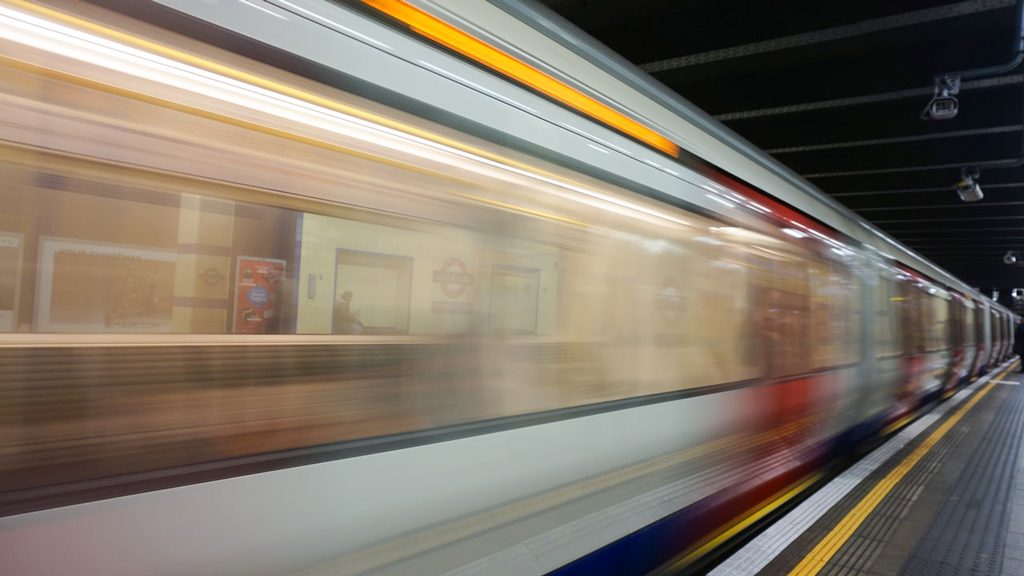
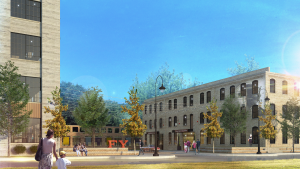
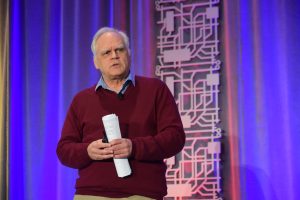
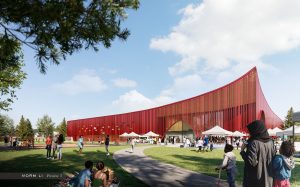


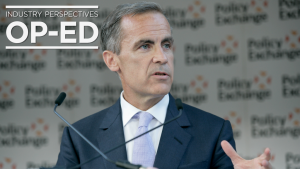

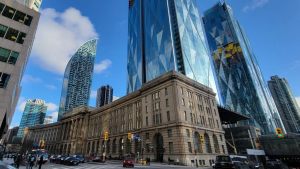
Recent Comments
comments for this post are closed